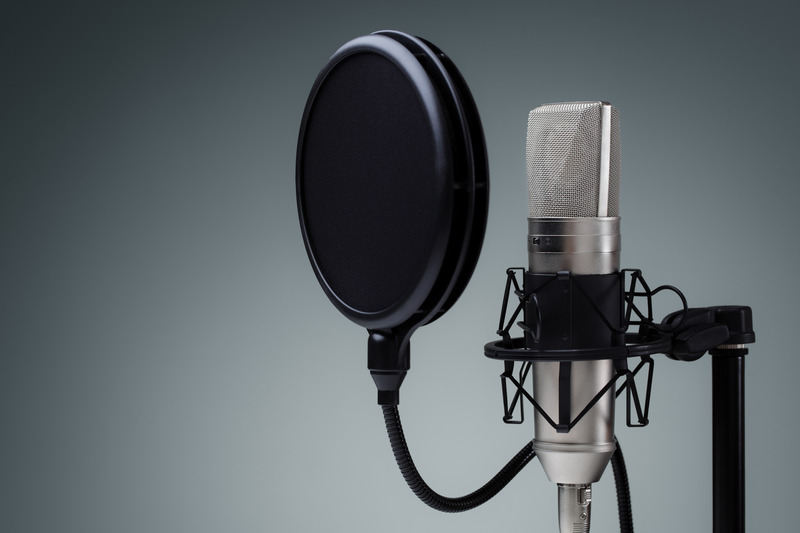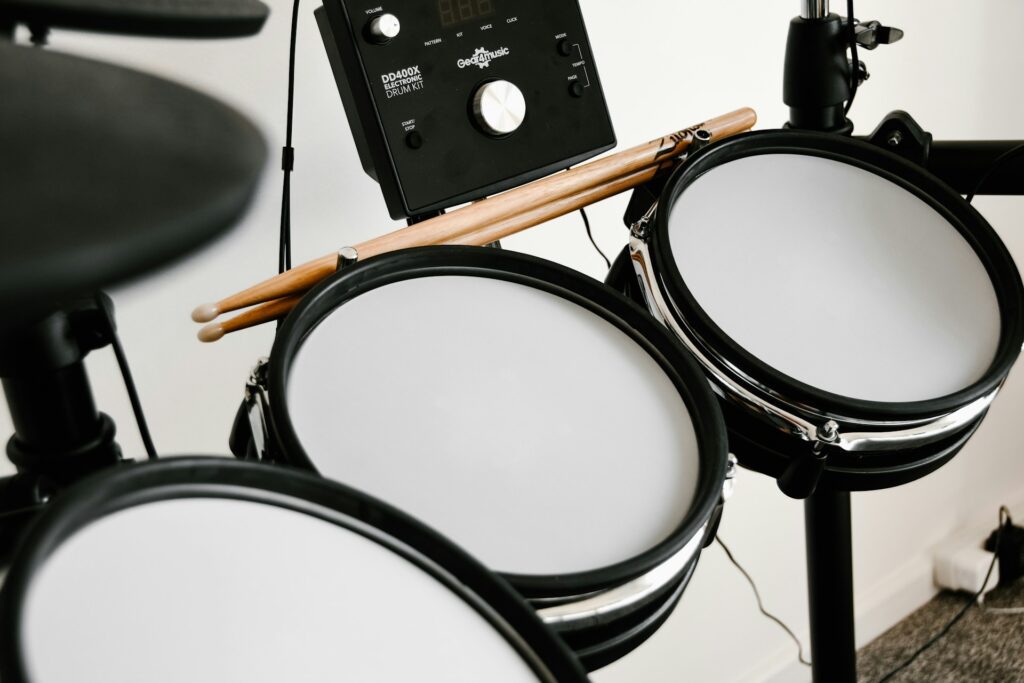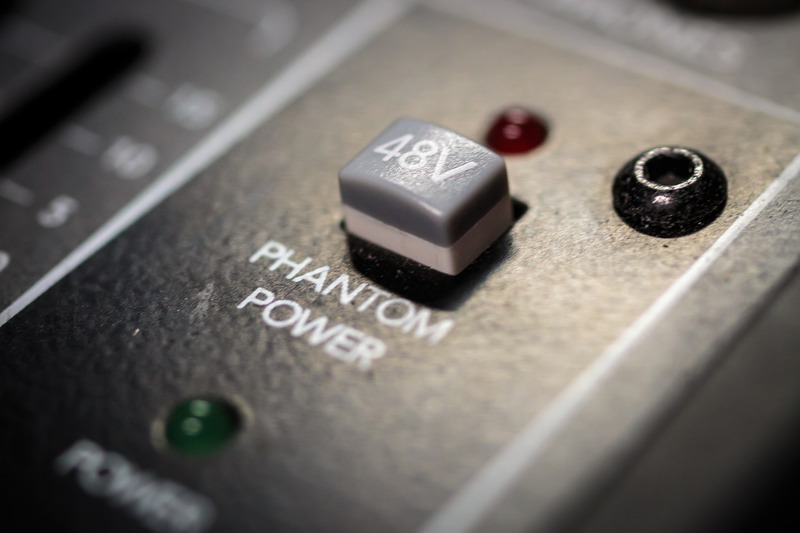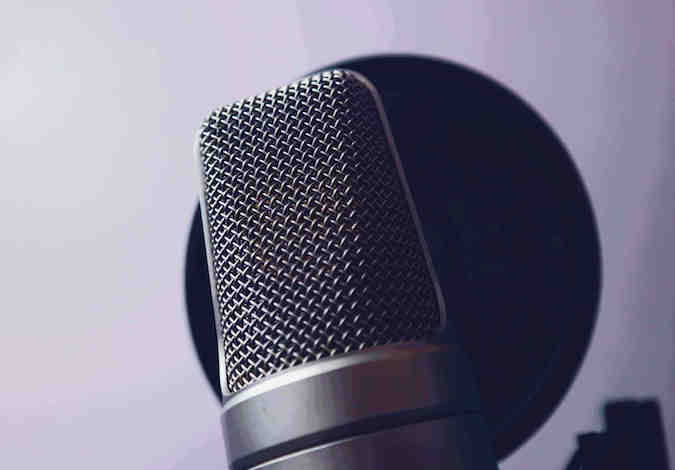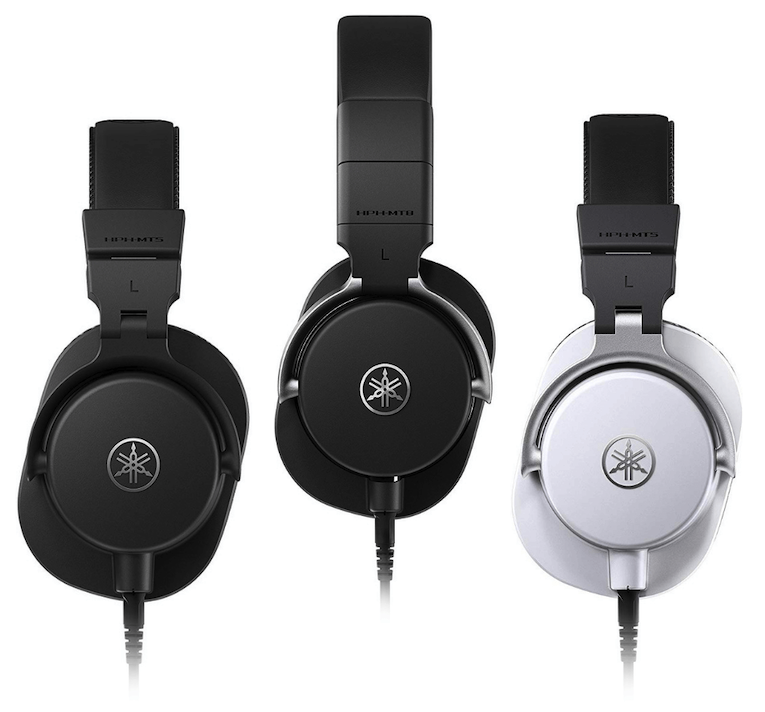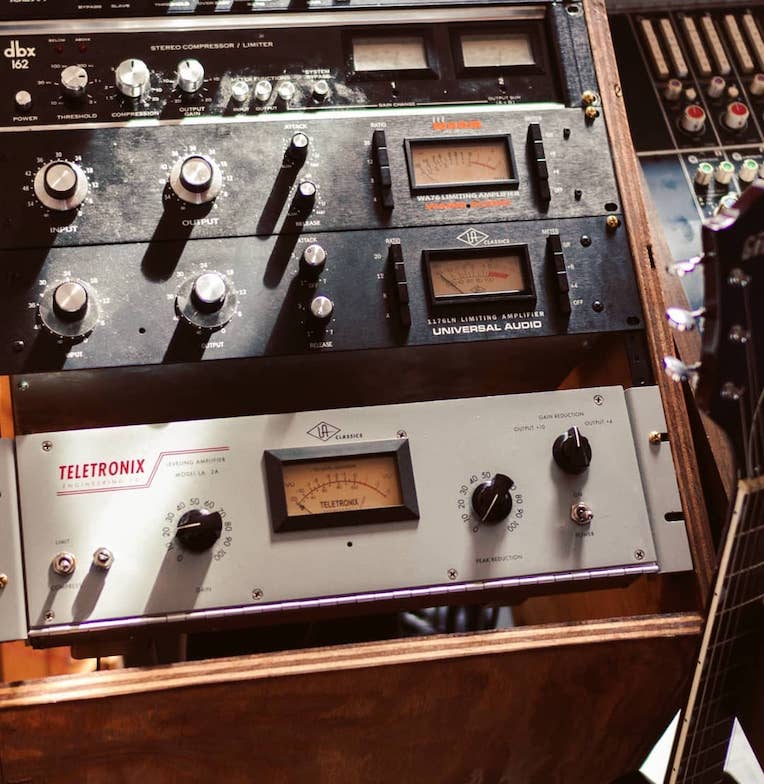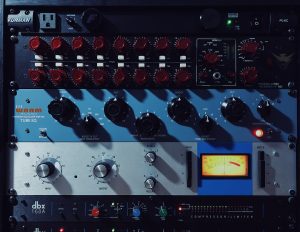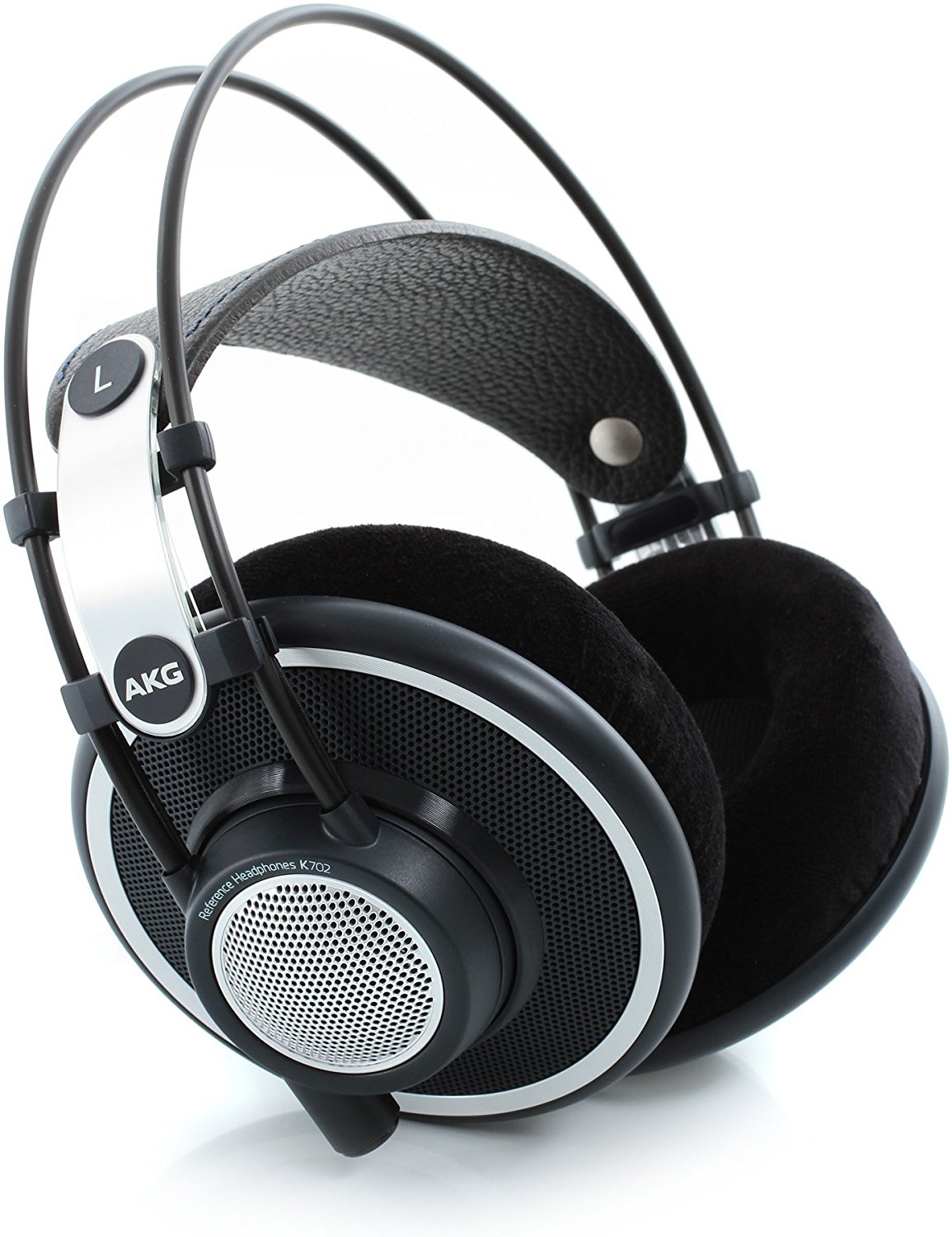Audio Answers:
What are Digital Audio Workstations (DAWs)?
Question: “I just started getting into music production, and I’ve heard a lot about using something called a DAW. Can you explain what it is and why it’s so important?”
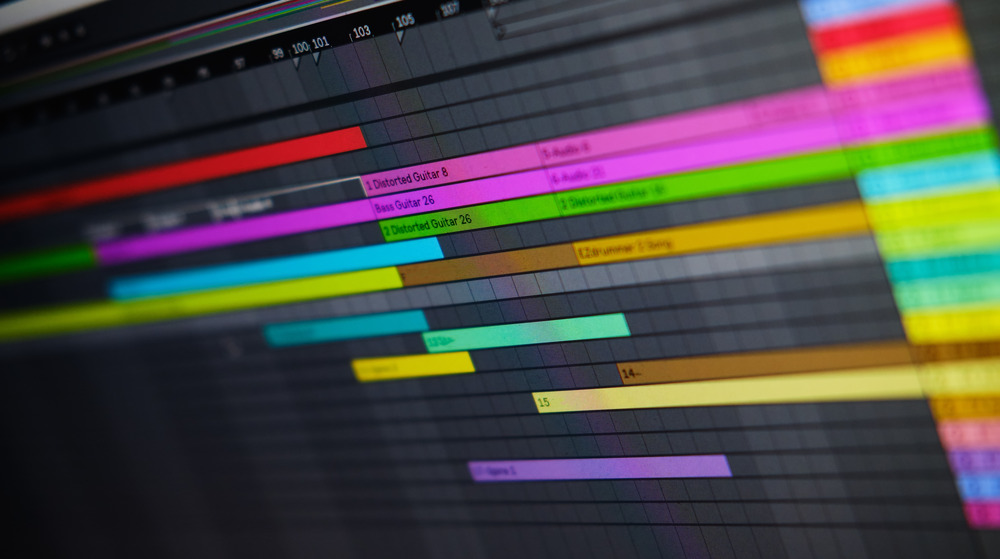
DAW: The Digital Audio Workstation
Digital Audio Workstations, or DAWs, are at the center of modern music making. Like a chef who cooks in a kitchen, a modern music producer cooks in their DAW. These powerful software tools let musicians and producers record, edit, mix, and master music all in one place. DAWs have changed the music industry by making professional-quality music creation easier to access, whether from home studios or on the go.
The effect of DAWs on the music industry is huge. They have made music production available to more people, letting artists make high-quality music without the need for costly studio gear or a lot of technical know-how. This has led to a burst of creativity and variety in the music world, with new genres and styles popping up faster than ever before.
Evolution of DAWs
The story of DAW development started in the late 1970s and early 1980s. Over time, DAWs grew from simple tape recording systems into the complex digital platforms we know today. Several key improvements marked this evolution, including the introduction of MIDI sequencing and the ability to record multiple tracks at the same time.
As computers got more powerful and affordable, DAWs started to include more advanced features like virtual instruments, audio effects, and automation. This let musicians make entire productions within a single software environment, without the need for external hardware.
Today, DAWs keep evolving quickly, with new features and capabilities being added all the time. From cloud collaboration to AI-assisted mixing, the possibilities for music creation with DAWs are nearly endless.
Features and Capabilities of DAWs
DAW software comes with a wide range of features, such as track recording, audio editing, MIDI sequencing, and virtual instruments. These core capabilities allow musicians to create complex musical pieces with precision. More advanced DAWs offer even more sophisticated tools, including pitch correction, time-stretching, and automation.
One of the most powerful aspects of DAWs is their ability to work with a wide range of external hardware and software. This includes MIDI controllers, audio interfaces, and third-party plugins, which can greatly expand the creative possibilities for music production.
DAWs also offer a high degree of customization, letting users tailor their workflow to their specific needs and preferences. This can include making custom keyboard shortcuts, designing custom user interfaces, and even writing custom functionality with built-in programming languages.
DAWs in Professional Music Production
Many well-known musicians and producers rely heavily on DAWs in their work. Case studies show that DAWs have made the recording process faster and more flexible. This change is especially clear in professional studios, where the switch to digital has changed everything from workflow to the very sounds and textures of modern music.
One of the most notable examples of DAWs in professional music production is the rise of “in the box” mixing, where entire albums are mixed entirely within a DAW environment. This approach has become increasingly popular in recent years, as advances in computer processing power and plugin technology have made it possible to achieve studio-quality results without the need for expensive analog gear.
Another area where DAWs have had a big impact is in the world of film and television scoring. Many composers now rely on DAWs to create complex, multi-layered soundtracks that would have been impossible to produce with traditional recording techniques. The ability to sync music to video, create realistic virtual instruments, and work remotely with other musicians has revolutionized the scoring process.
View this post on Instagram
Challenges and Limitations of DAWs
Despite their many benefits, DAWs come with challenges and limitations. Users often face a steep learning curve due to the complexity of the software. Moreover, workflow issues can arise due to hardware limitations or the unique quirks of each DAW. However, continual advancements in DAW technology are addressing these issues, improving accessibility and usability.
One of the biggest challenges with DAWs is the sheer amount of choice available. With so many different options on the market, it can be hard for new users to know where to start. Each DAW has its own unique features, workflow, and user interface, which can make switching between them a daunting task.
Another potential limitation of DAWs is their reliance on computer processing power. While modern computers are incredibly powerful, running a complex DAW project with multiple tracks, plugins, and virtual instruments can still put a strain on the system. This can lead to performance issues like audio dropouts or latency, which can be frustrating for users.
The Future of DAWs
Emerging trends in DAW development include the integration of AI and machine learning. These technologies promise to automate tedious processes and inspire new forms of musical creativity. As these technologies evolve, DAWs are expected to become even more intuitive and powerful, shaping the future of music production.
One exciting development in the world of DAWs is the rise of cloud-based platforms. These allow musicians to collaborate remotely in real-time, without the need for expensive hardware or software. Cloud-based DAWs also offer the advantage of automatic updates and backups, ensuring that users always have access to the latest features and security fixes.
Another area where DAWs are likely to evolve in the future is in the realm of virtual and augmented reality. As these technologies become more advanced and accessible, it’s not hard to imagine a future where musicians can create and perform music in fully immersive virtual environments, using gesture-based controls and haptic feedback to interact with their DAW in entirely new ways.

